After a few days in Hanoi, we start our journey to the North. Our first stop : Lao Cai. City of around 100 000 inhabitants in the border with China. The border is only a few miles from the city center.
Lao Cai is our starting point to discover the North-West of Vietnam and to reach Sapa. Full of history, Lao Cai was once in the middle of many tense moments between China and Vietnam, and the border was only re-opened in 1993. Since then, the city is an important economic center for South-East Asia. Exchanges of workers and goods, Lao Cai is very well served from Hanoi with a direct train and also a highway. Our journey starts in Hanoi's train station to get on the train to Lao Cai. We chose a 4 beds room and are very excited to meet our co-travellers. The 6 hours travel starts now !
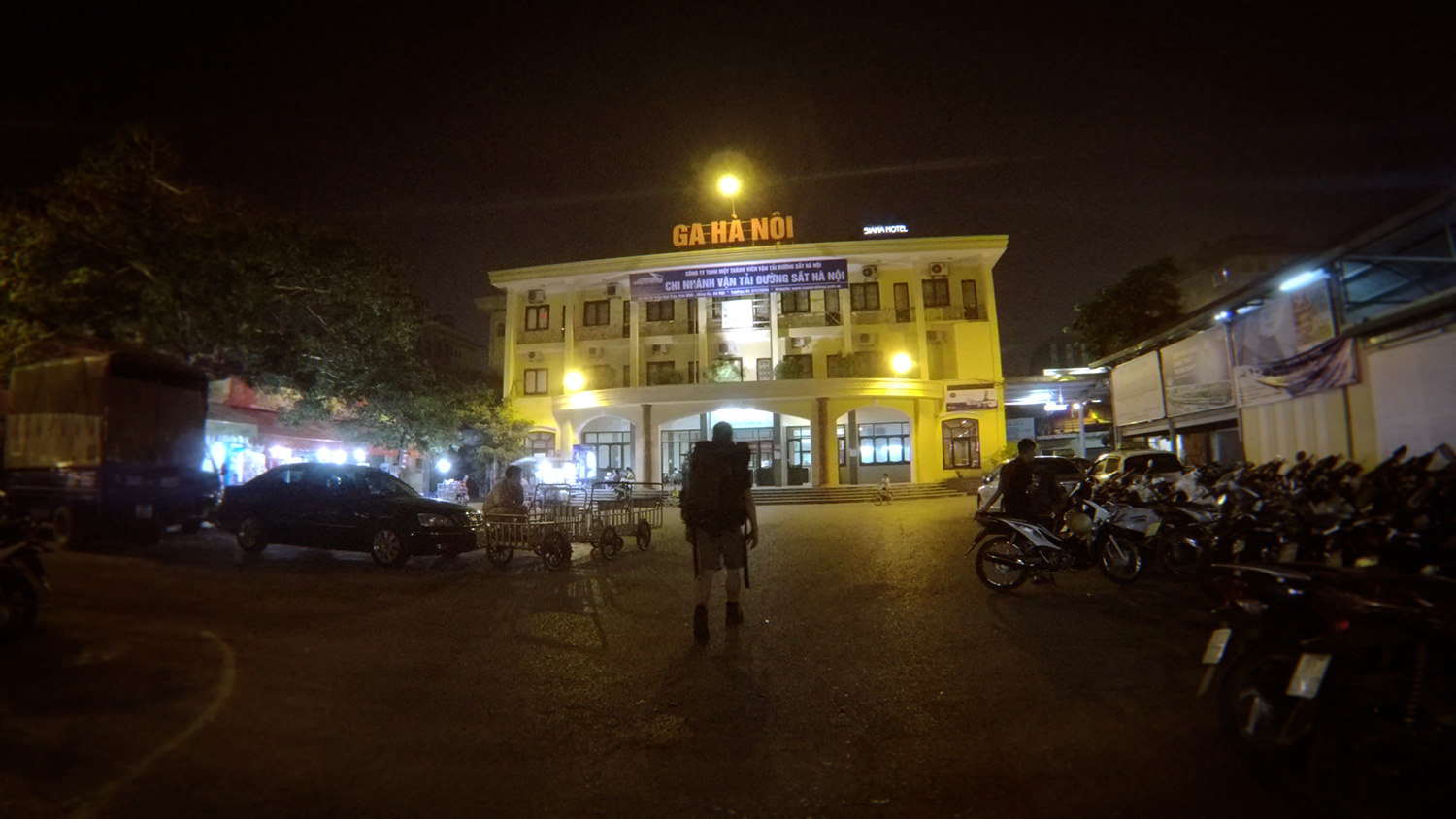
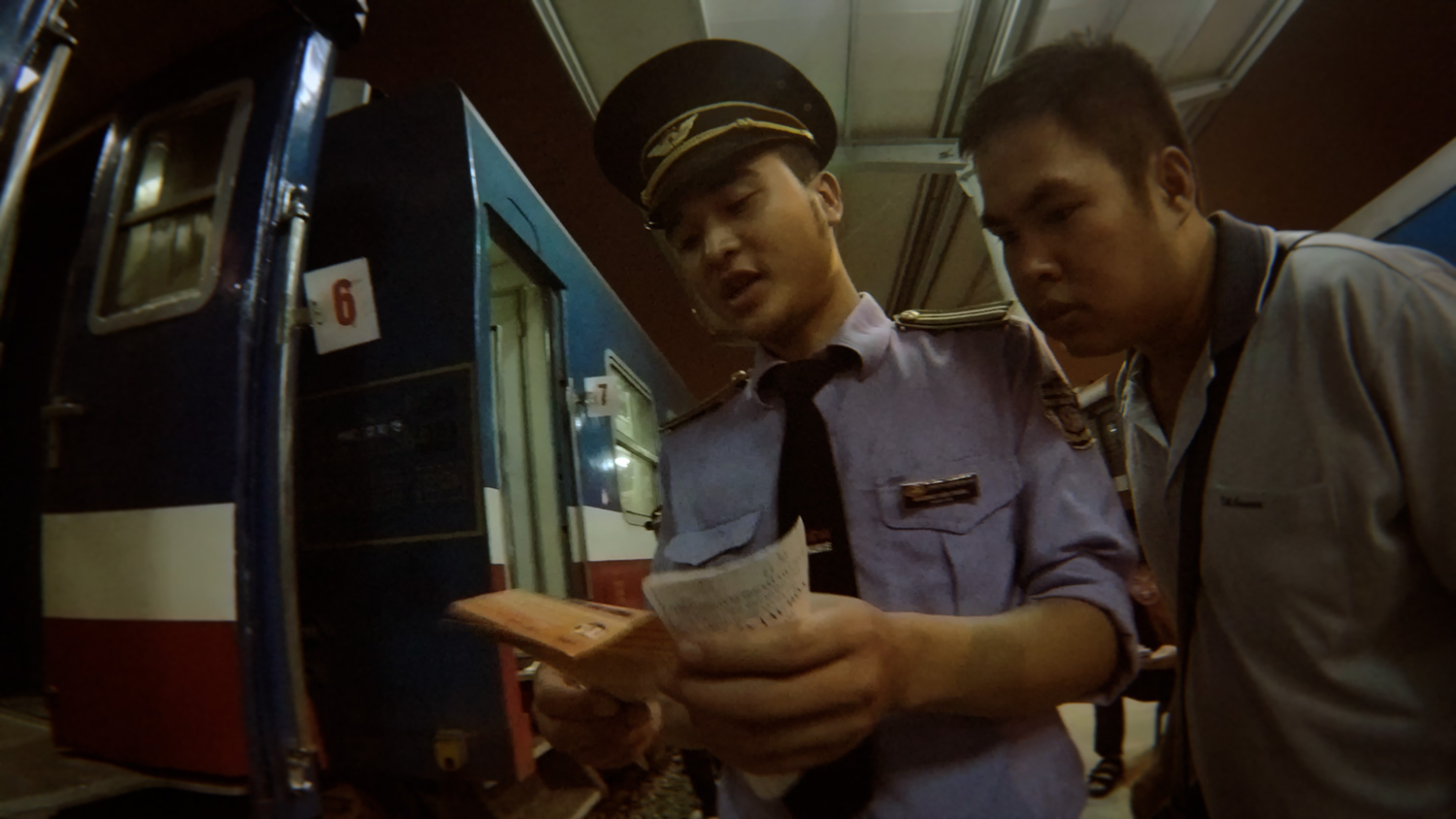
And surprised, we find ourselves with a mom and two children very excited by our presence. The night was long .... But anyway, let's get back to the main subject : some tips for your next travel to Lao Cai. There are actually two main options : by road or by train. Both have similar duration even though the train may be a little longer. Also, the train station is in the center of Lao Cai, if you take tourists buses you will end up directly in the center of Sapa. So it depends if you want to do a stop in Lao Cai or if your goal is just to reach Sapa ; in that case the bus is maybe the best choice.
In fact, we met a few backpackers in Sapa who told us their bus story. Be carefull ! Fragil stomach may not make it through. Even though it is called " highway" and it's a big line on the map, it is not that straight neither new. And the further you get from Hanoi the worst it is. Then, the buses stop in the station in Sapa. There, you have no escape what so ever. You are part of the big tourist groups getting to Sapa at the same time as you. So shy travelers wouldn't mind be less noticed maybe ;)
We wanted to be flexible and to be able to adapt our plans so we went for the train option. It let us stay in Lao Cai as long as we wanted. To be frank, at the end we ended up going straight to Sapa. Something interesting is, the sheapest train arrive at 5 am but don't worry, local people are aware of that and you will always find a ride to Sapa at your arrival ;) .
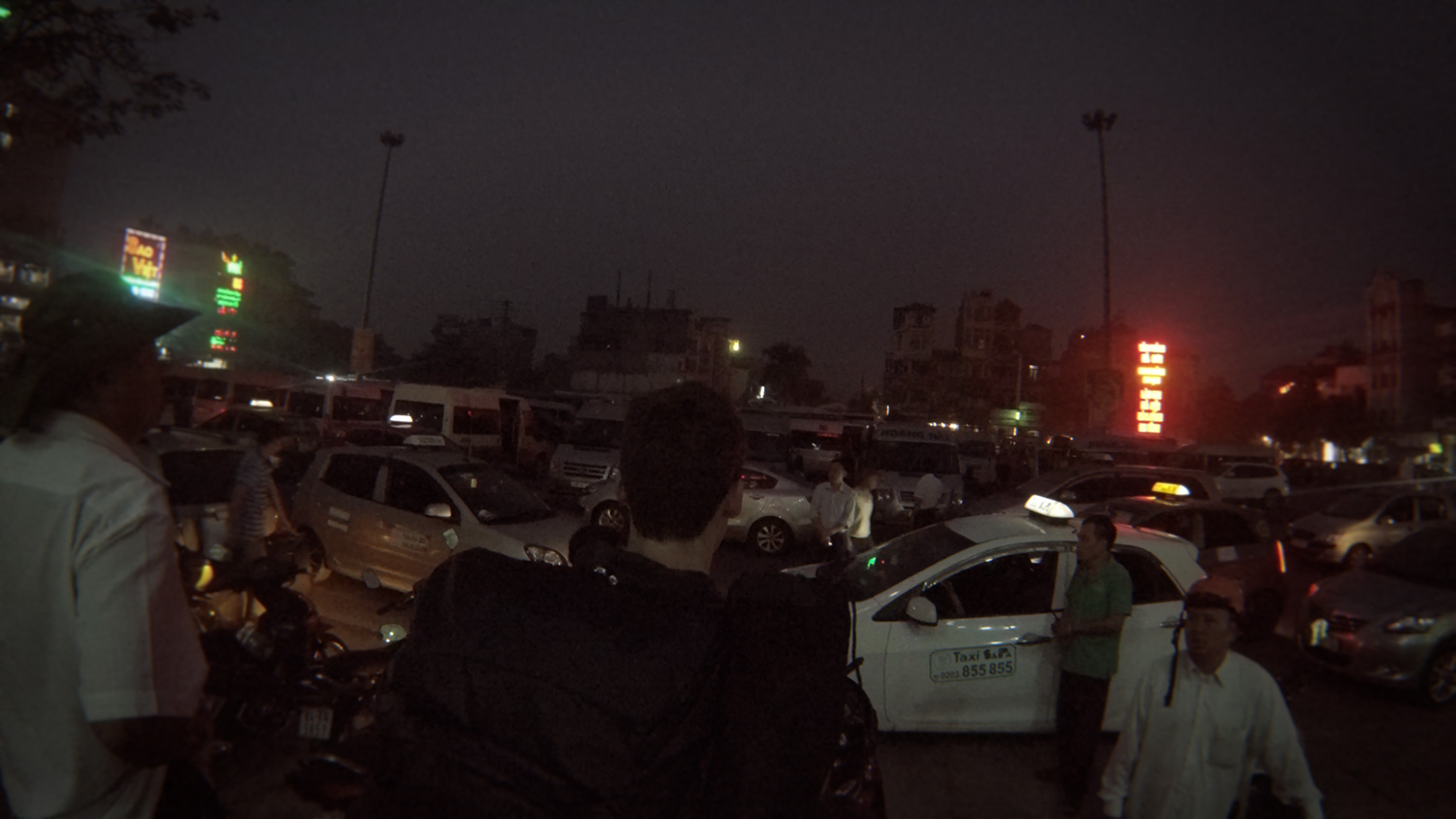
For 5 dollars for two, so 100 000 VND, you get to a small bus for 6 - 8 people with locals people leaving for their day of work in Sapa. ( At that time we didn't know but there is a cheaper bus leaving every half an hour for the the mountains )
It's with the sun rising that we leave Lao Cai for Sapa, ready to discover those limestones mountains and the first rice fields. Magical moment, even with the dangerous road and its tight corners. The mist disappear sometimes, letting us see throught some huge mysterious shapes. 45 minutes later we finally enter Sapa.
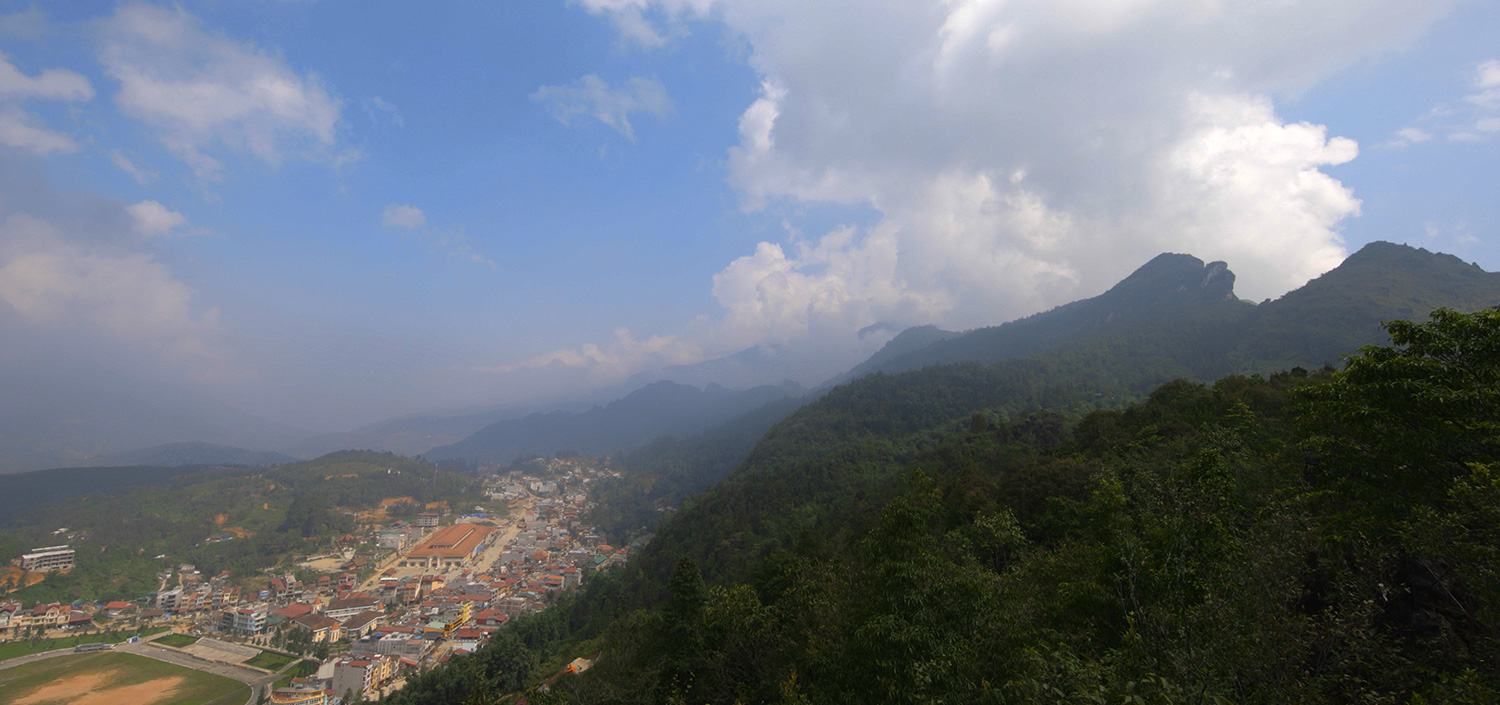
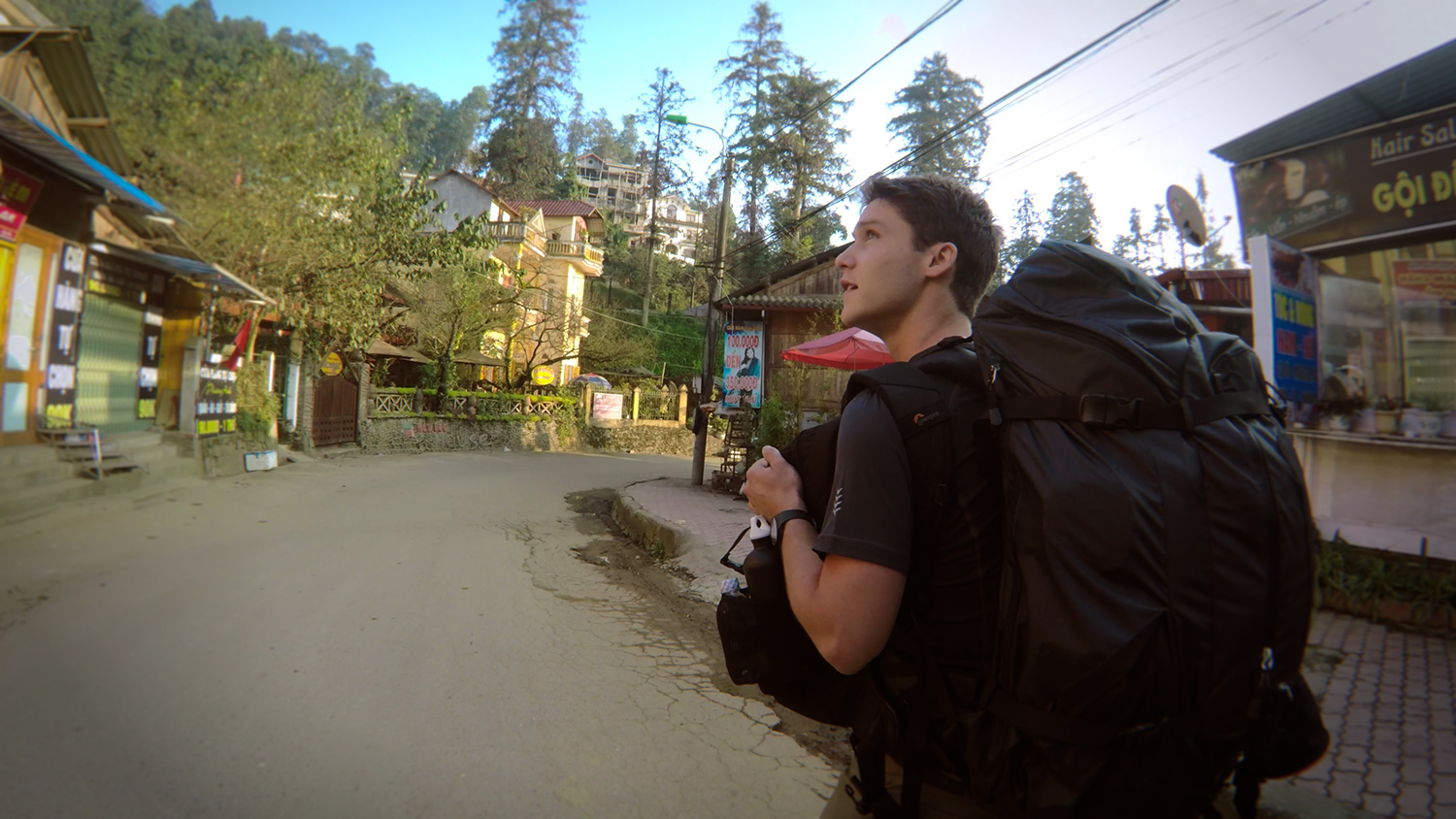
If like us, you haven't planned anything, then just get out of the bus with the first travellers and walk through the city. It's not that big if you arrive in the main open area where the church is but it is small hills everywhere so you go up and down all the time. This city sits around 1500 m height and was first created for the french army people. Then 50 years later, local people got those lands back and converted it into a touristic place. It is now a must go on every traveling books about Vietnam.

In the middle of the mountains, facin the Fan Si Pan, the city is beautiful. Lost in the clouds, each time you reach an other hill you discover a new face of the city. It's easy to meet people from small villages around Sapa, as they come here to get you to do a homestay at their place. They will advise you also to choose your hotel if needed. That's how we met two Muong women with whom we will stay one night the day after.
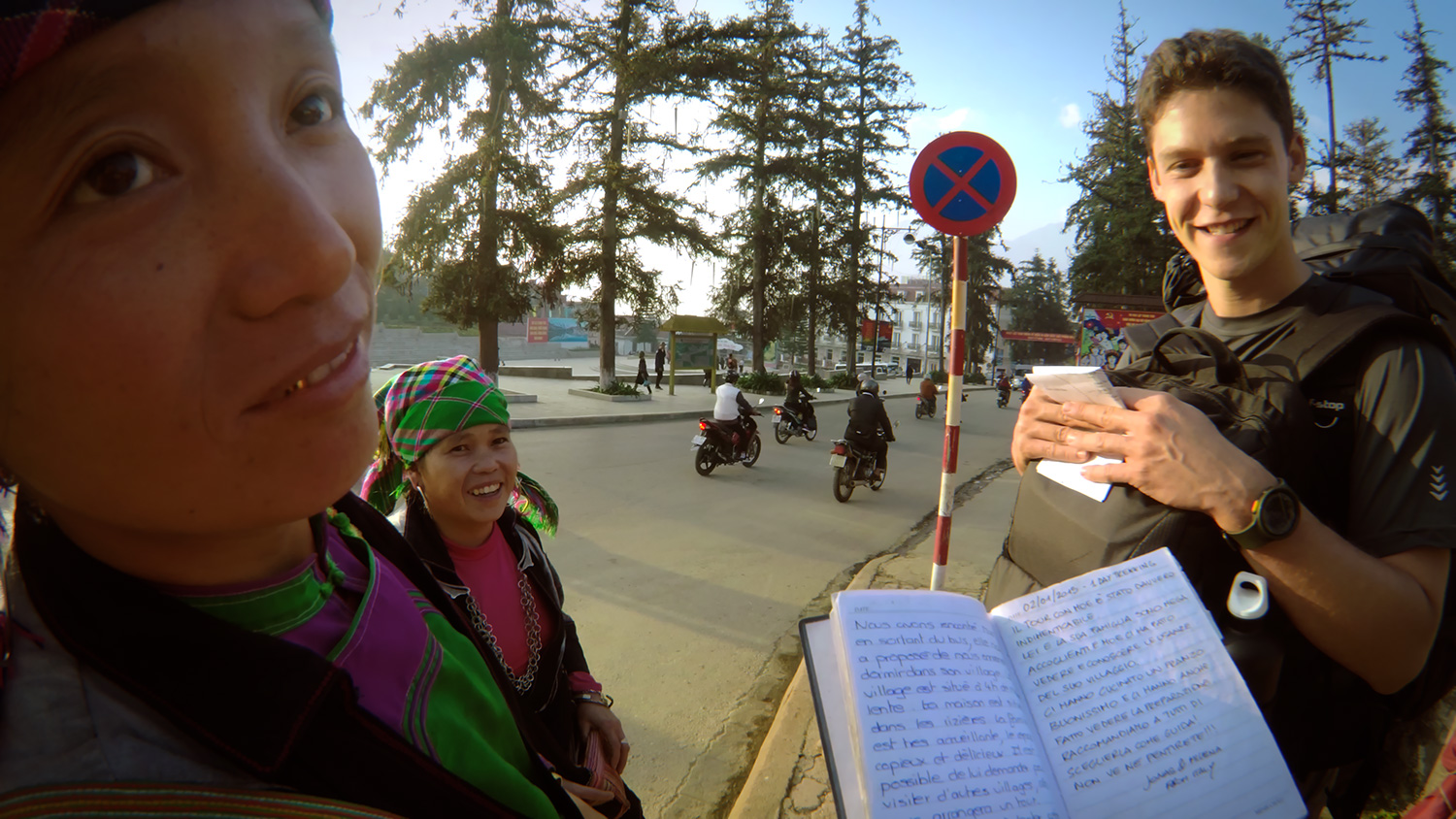
It is easy to move around in Sapa. Buses, motorcicle.... a lot of hotels and shops... And also most of the people speak a foreign language and more often English which makes everything easier. Plus, there is a tourist office just next to the center of the city. Thus, do not hesitate to try the adventure by yourself!
To leave Sapa, it is even easier. A bus leaves every half an hour in front of the church. For only 30 000 VDN per person you will get to the center of Lao Cai. Buses are moreover on time by the way. It was our option to leave Sapa after three days spent in the mountains of this magnificent region. This bus, will put you down certainly in the bus station of Lao Cai, but if as for us he sees in your head that you are tourists the bus will put you in front of the railroad station.
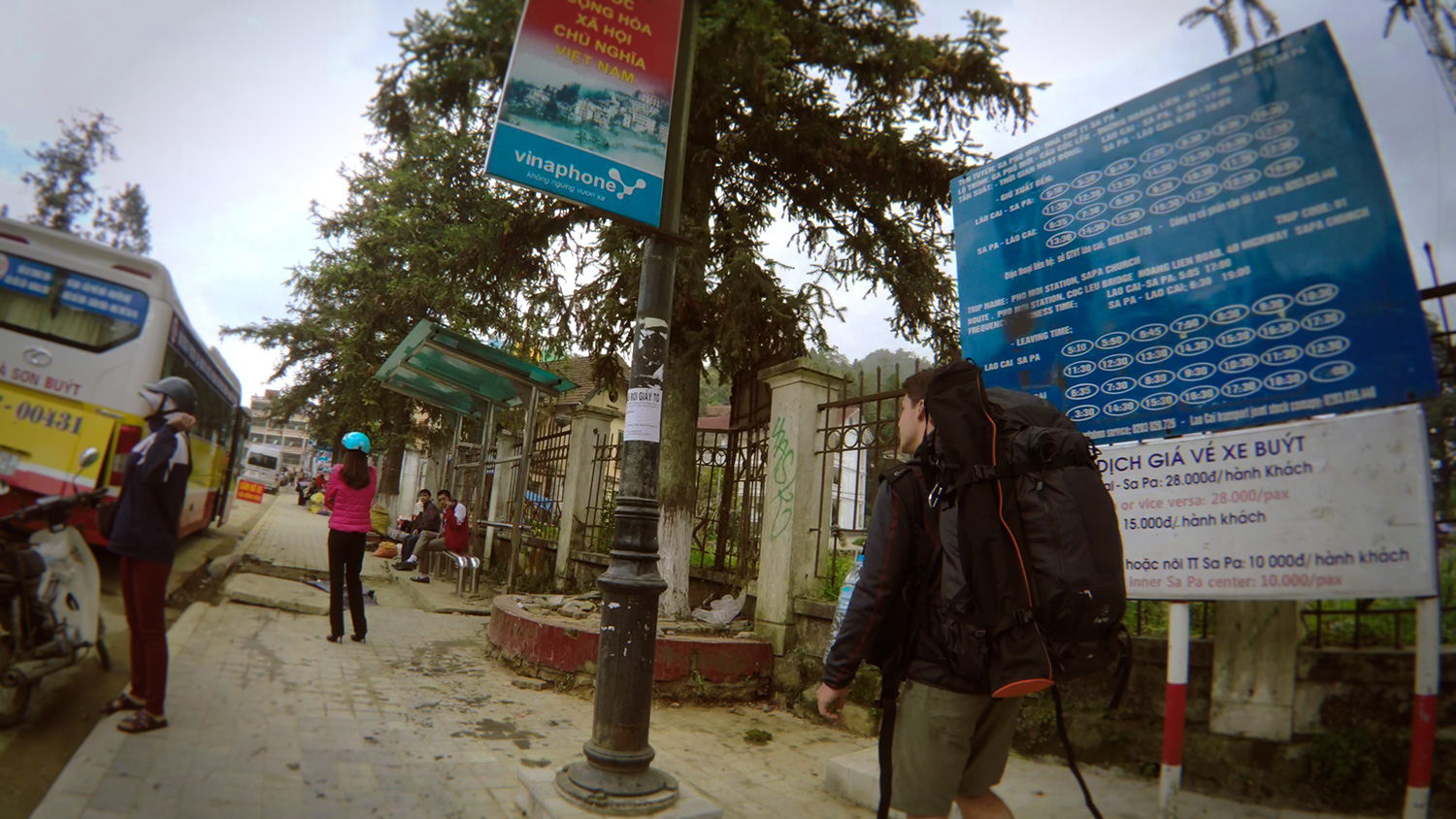
Once there, we needed to get an other bus to go East, someone told us a price and to wait for like 2 -3 hours. We had no other option and had all our stuff, backpacks and eveything with us so we waited. Crossing our fingers that we understood well.
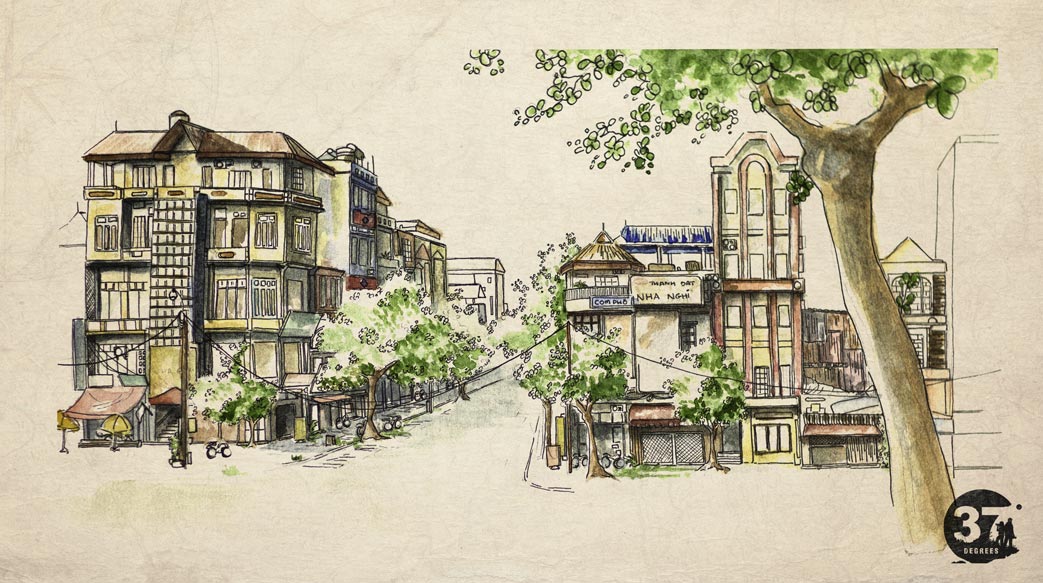
We wanted to reach Ninh Binh, we knew that it should cost us approximately 120 000 VND but the announced price is 440 000 VND for both of us. Unfortunately, it was too late to change our mind and we made that guy his day. Talking with a Vietnamese couple inside the bus, they told us that we shouldn't have paid more than 120 000 VND which is what they paid. But anyway, at least we are on the right bus ! Something good to know is that there are two bus stations in Lao cai, one in front of the train station and one a little further. But most of the buses do stop on the main road crossing the city.
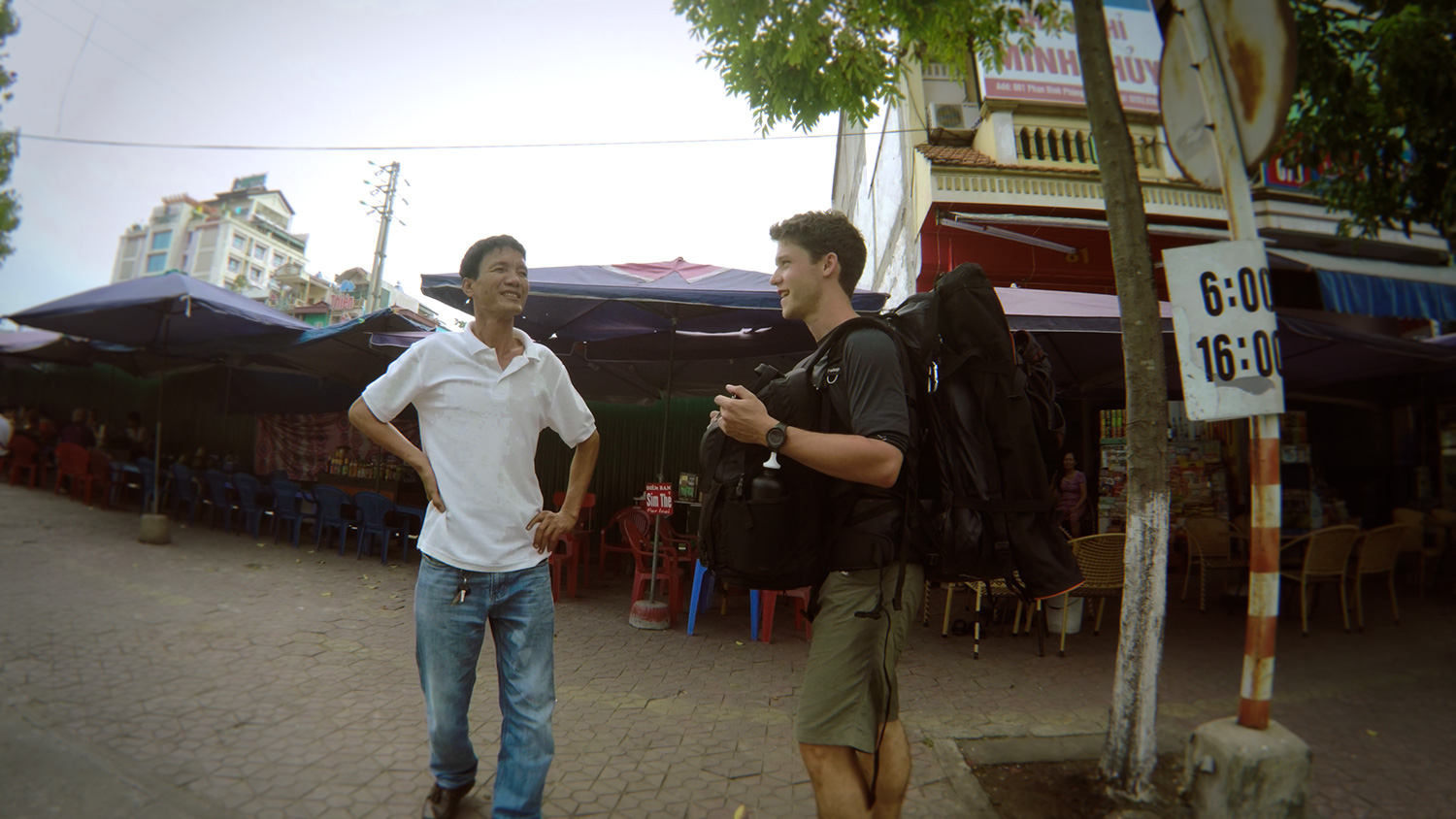
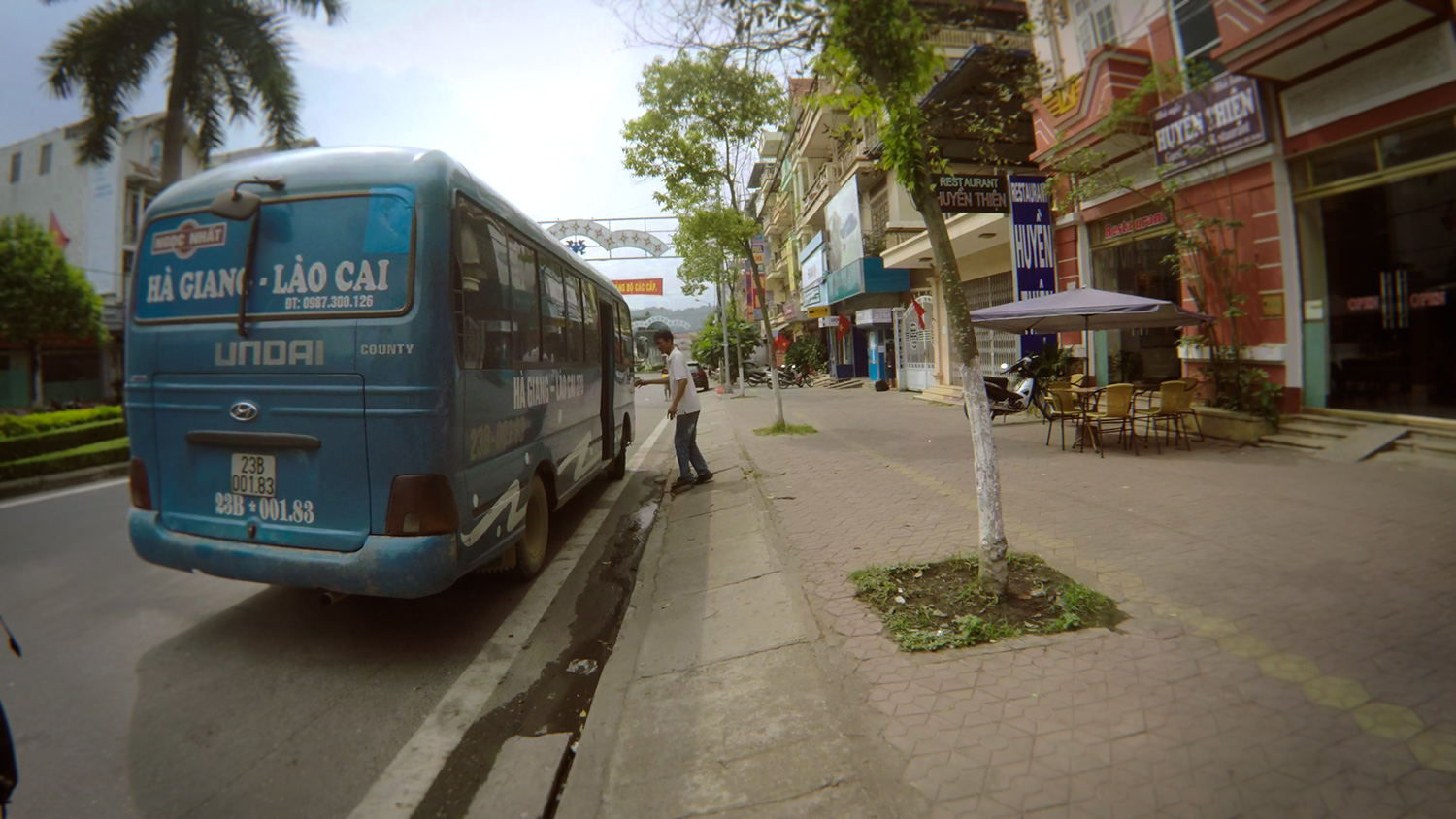
To sum up, we liked our train option, and enjoyed leaving Hanoi by night , it was also one less night to pay in an Hotel which is money wise a good point. The train is more expensive but it is defenentely an adventure to experience. And buses may stuck you in a more touristic way to get to Sapa. It is good to know, that it is possible and simple to use local transportation in this area of Vietnam. Plus, with local buses, you will save money and eat more Pho. To leave the area is easy with the two bus stations in Lao Cai. It is also in the bus station that you will get the best prices for your next travel... I hope that with these few elements, you can plan your own journey in the North of Vietnam and in the region of Sapa, to discover its numerous ethnic groups and mountains populated with rice fields.








